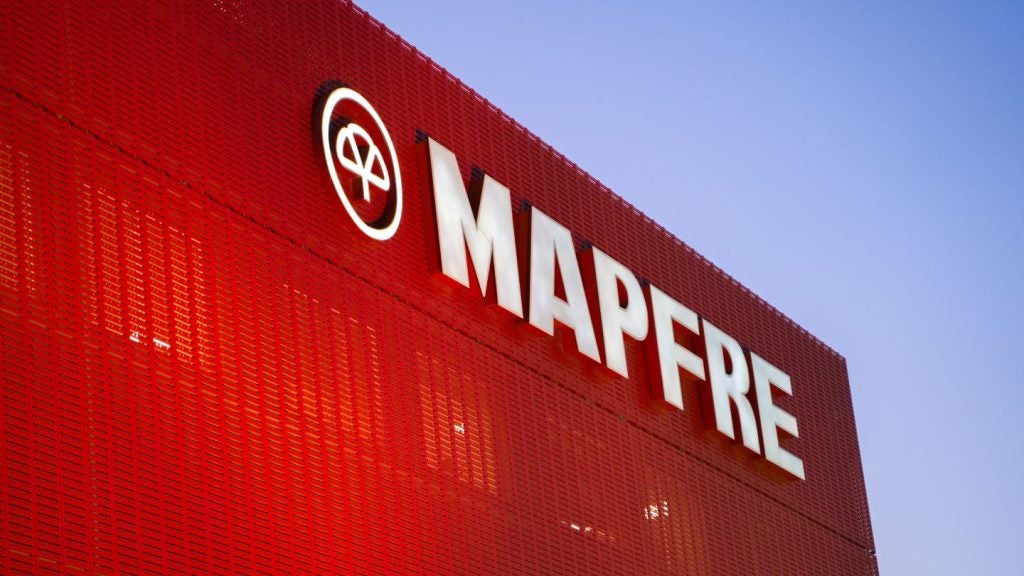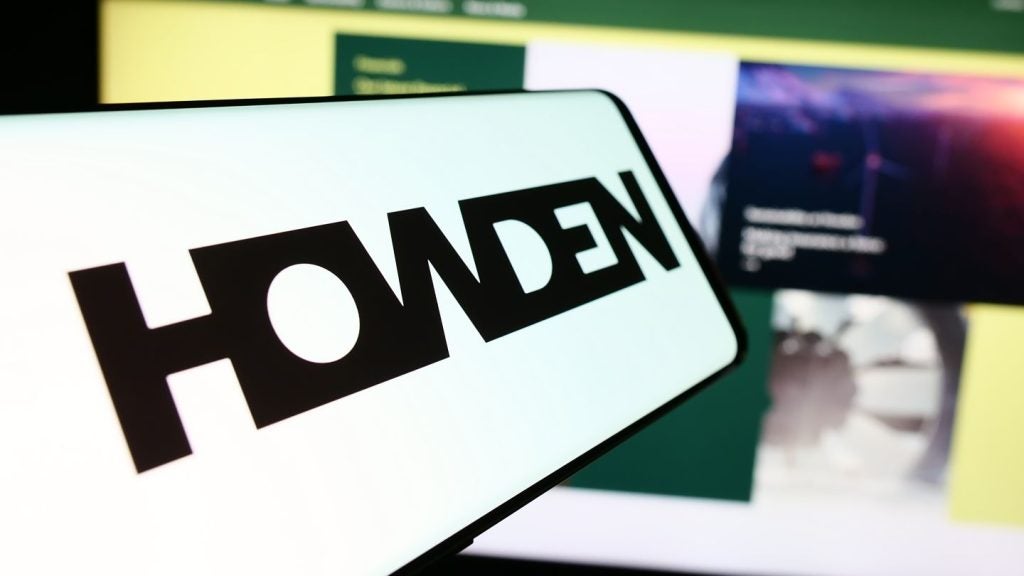By drawing back into its home market, US insurer The Hartford
produced better than expected results in the second quarter of
2009. However, despite this, and a strengthening of its capital
base, full recovery will be tough and rest heavily on market
acceptance of its new variable annuity products.
A rebound in global equity and credit markets came to embattled US
insurer The Hartford Financial Services Group’s (HFSG) aid in the
second quarter of 2009, enabling it to come within striking
distance of breakeven and beating analysts’ forecasts by a solid
margin.
Recovering from a $1.2 billion loss in the first quarter of the
year and a cumulative net loss of $4.65 billion over the last three
quarters, HFSG reported a net loss of $15 million in the second
quarter. Core second-quarter earnings which excluded non-recurring
items came in at $622 million, or $1.90 per share compared with
analysts’ consensus forecast of $1.16 per share. A first-half core
earnings loss of $3.66 per share was reported.
Of particular significance in the second quarter of 2009, net
profit improvement was the benefit derived from rising equity
markets which enabled HFSG to revise deferred acquisition costs of
future gross profits in its life operations. This added $358
million on an after-tax basis, or $1.11 per share.
From an abnormal items perspective HFSG continued to take strain,
reporting a net realised capital loss of $649 million after tax.
This was primarily due to impairments of $207 million and a $300
million charge related to the company’s obligations to European
insurer Allianz which, in October 2008, purchased $750 million of
HFSG convertible preferred shares and $1.75 billion of 10 percent
junior subordinated debentures.
The charge relating to Allianz was triggered by HFSG’s acceptance
of $3.4 billion in assistance under the US Treasury’s Troubled
Asset Relief Program (TARP) and compensated the European insurer
for the resultant dilution of its stake in HFSG. Together with
Lincoln National, HFSG is one of six life insurers that accepted
assistance offered to them in May this year under the TARP.

US Tariffs are shifting - will you react or anticipate?
Don’t let policy changes catch you off guard. Stay proactive with real-time data and expert analysis.
By GlobalDataFocused on the US
In a conference call following release of the second-quarter
results, HFSG’s outgoing CEO Ramani Ayer said the company would
focus on US protection businesses, primarily property and casualty,
group benefits and life insurance. In addition HFSG will continue
to invest in its wealth management and retirement businesses,
including retirement plans, mutual funds and what he termed a
restructured US annuities business.
Specifically regarding the annuity business, he explained that HFSG
will introduce a new variable annuity (VA) product in the autumn of
2009. He added that the product will provide growth and guaranteed
income for policyholders without exposing HFSG to the same degree
of equity market risk as existing products that have been a major
cause of the company’s financial woes.
Providing insight into the new VA product John Walters, a HFSG
executive vice-president, said it will differ from most of the
other new VA products now being introduced by competitors. However,
he added that HFSG acknowledged that while it expected the product
to be well accepted over the long-term it will require effort to
get it established in the market.
Ayer also highlighted HFSG’s recently adopted strategy of focusing
on US life business and significantly curtailing foreign
operations. To this end, new VA business sales in Japan and the UK
have already been suspended while actions to reduce the scope of
HFSG’s international lines will have eliminated more than half of
the 1 January 2009 expense base in its international operations by
year-end.
HFSG’s life operations had assets under management of $301.7
billion at the end of the second quarter of 2009, down 17 percent
from $362.5 billion a year earlier. The decrease, noted the
company, was largely due to equity market declines over the last 12
months. Indicatively, the S&P 500 equity market index fell by
28 percent in the 12 months ended 30 June 2009.
Capital needs
A key part of HFSG’s strategy highlighted by Ayer is the
strengthening of the company’s damaged capital base with additional
steps taken in the second quarter, including commencement of a
discretionary ordinary share issue aimed at raising up to $750
million.
However during the second quarter of 2009, it was the TARP
assistance that was primarily responsible for boosting HFSG’s
capital at the holding company level from $1.3 billion at the end
of the first quarter to $3.6 billion at the end of the second
quarter, noted HFSG’s chief financial officer Liz Zlatkus.
She added that taking into account $2.4 billion in unused capacity
under contingent capital and bank credit facilities HFSG’s ended
the second quarter with total resources of $6 billion.
Demands on those resources remain significant, with Zlatkus noting
that VA-related impacts on capital during the remainder of 2009
will be about $1.3 billion at current equity market levels. In
addition, what she termed ‘investment-related impacts’ would absorb
a further $1.6 billion, assuming continued economic deterioration
and stress on the commercial property sector.
On a more positive note Zlatkus said the level of investment losses
in 2010 is expected to decline significantly from 2009
levels.
HFSG anticipates that core earnings for the full 2009 financial
year will be between zero and $0.20 per share, down from a forecast
of between $0.05 and $0.45 made at the end of the first quarter of
2009.








